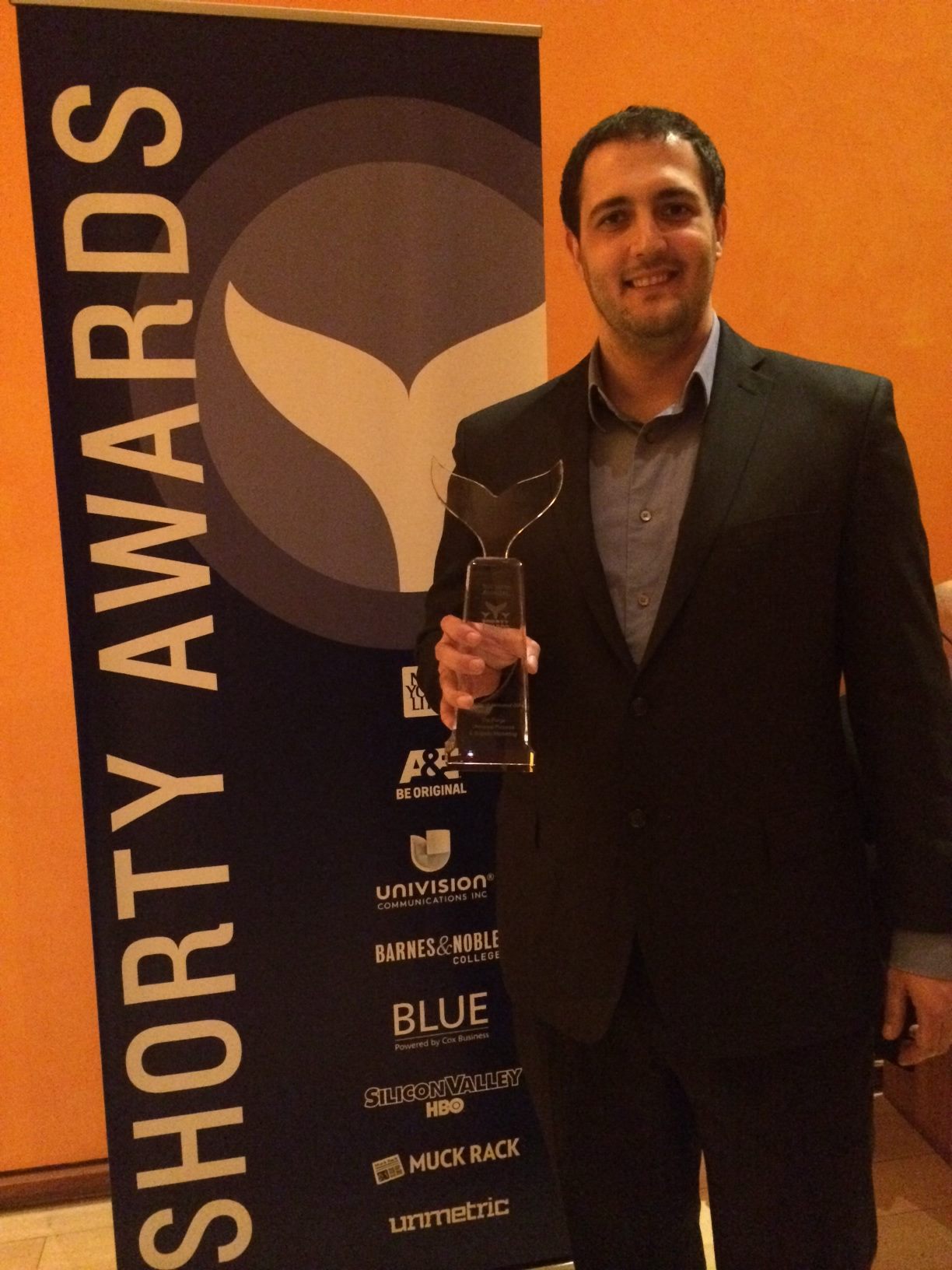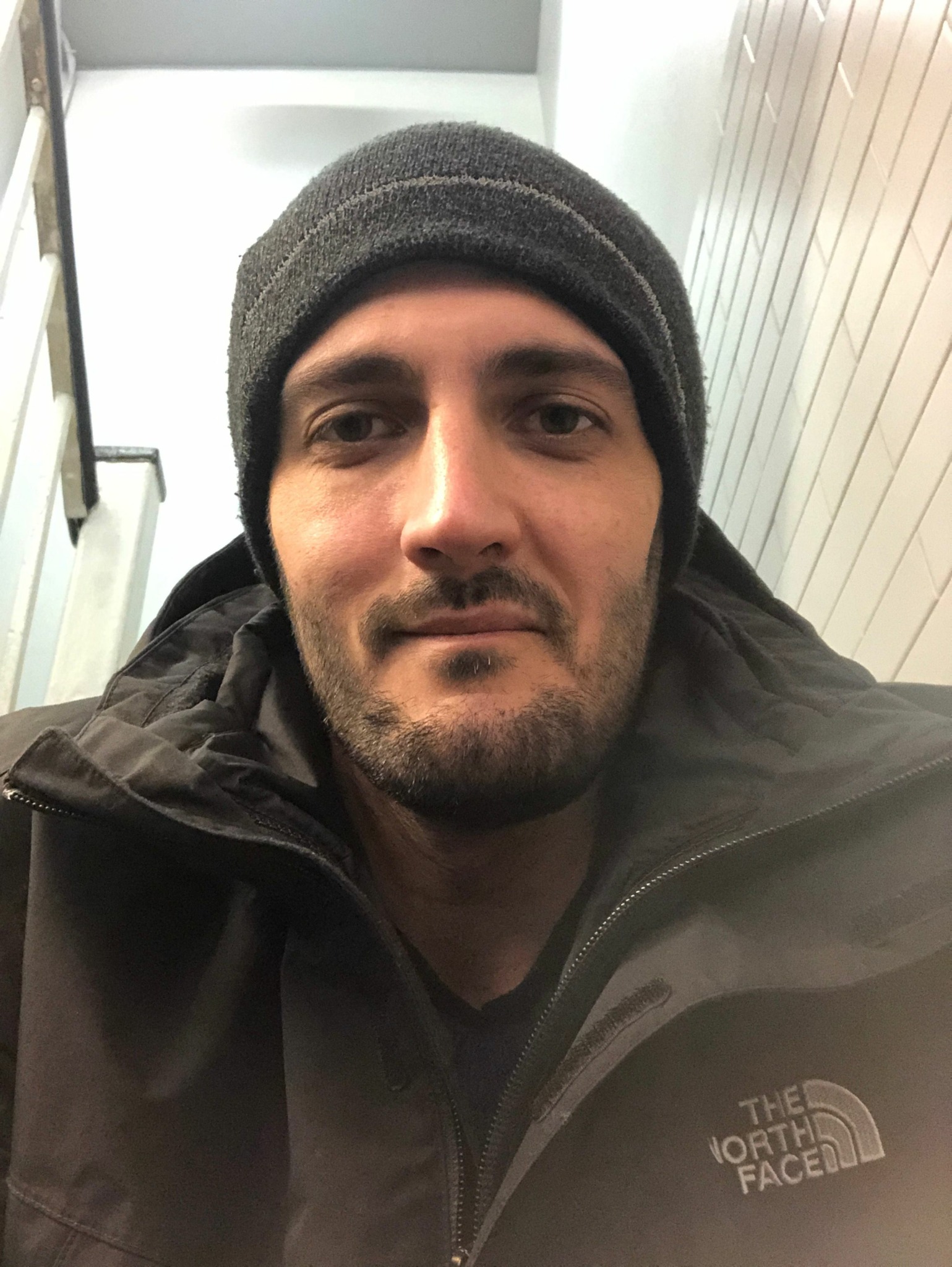Alright – so today we’ve got the honor of introducing you to Leonardo Weiss. We think you’ll enjoy our conversation, we’ve shared it below.
Leonardo, thanks for taking the time to share your stories with us today Are you able to earn a full-time living from your creative work? If so, can you walk us through your journey and how you made it happen?
I’ve been lucky to make a living as an artist ever since I graduated from SVA, where I studied 2D animation. While I was still in school, I got an internship that led to my first job—an animated show on IFC. It was a crash course in how the industry works, and one of the first things I learned is that gigs don’t always last. I had to start figuring out how to keep things going.
In the beginning, I definitely felt out of my depth. I didn’t have much experience, and I wasn’t sure how to get that next job. But I kept in touch with people I worked with, and little by little, things started to come together. A lot of my work has come through those early connections, but not all—I’ve also found jobs through cold emails, LinkedIn, and just putting myself out there.
If there’s one thing I wish I’d understood earlier, it’s how fast the tools change. You really do have to keep up with new software and industry trends. If you fall behind, it can make finding work way harder than it needs to be.

Awesome – so before we get into the rest of our questions, can you briefly introduce yourself to our readers.
I’ve always been drawn to visual storytelling—figuring out how to communicate ideas clearly and creatively through design, animation, and timing. I got my start in animation while studying at SVA, and from there I slowly carved out a career by saying yes to whatever I could learn from—freelance gigs, agency work, broadcast, entertainment, tech.
My work lives in a few different spaces—TV, film, social, games, branded content. I’ve created motion graphics for live shows at WWE, designed trailers for studios like Netflix, Warner Bros., and Paramount, storyboarded campaigns for Google and Lancome, and contributed to award-winning social content. Sometimes I’m coming in to concept something from scratch; other times I’m helping a team bring an existing idea to life. It depends on the client and the problem they’re trying to solve.
What I bring to the table is versatility and a deep respect for craft. I can move between styles—clean and corporate, wild and experimental—and I try to approach each project with intention and clarity. I’m not precious about process, but I care a lot about whether the work connects and holds up under scrutiny.
What I’m most proud of isn’t one specific project—it’s that I’ve been able to stick with this for as long as I have, through all the shifts in tools, trends, and workflows. I’ve stayed curious, kept learning, and built strong relationships with other artists and clients along the way. I think that consistency and adaptability is what really sets me apart.
For you, what’s the most rewarding aspect of being a creative?
For me, the most rewarding part of being an artist is taking an idea—from a rough concept in my head—and actually getting it out into the world. That process can be messy. There’s always some level of self-doubt, and I definitely wrestle with perfectionism. But there’s something deeply satisfying about pushing through that and seeing the thing take shape, especially when it lands the way I hoped it would.
I also take a lot of pride in the fact that I’ve been able to stay in this field through so many changes—new tools, new platforms, shifting trends. It hasn’t always been easy, but I’ve adapted and kept moving forward. Now I work on the Today Show at NBC, creating live graphics in a fast-paced environment. When a piece goes on air and I hear that the producers or viewers responded well to it—that it stood out—that still feels great. After all these years, it’s nice to know the work still connects.
Is there something you think non-creatives will struggle to understand about your journey as a creative? Maybe you can provide some insight – you never know who might benefit from the enlightenment.
I think one thing that’s tough for non-creatives to fully grasp is how much of ourselves we put into the work—mentally, emotionally, and sometimes even physically. It’s not just about making something that looks good. It’s about pulling something out of your head, shaping it from nothing, and trying to make it land the way you imagined. That process is rarely clean or linear.
There’s a constant tug-of-war between wanting to make something perfect and questioning whether you’re even capable of doing it. Self-doubt is part of the process, whether you like it or not. Some days you’re inspired and everything flows, and other days even starting feels impossible. And that’s the part people don’t always see—what it costs just to begin sometimes.
But I think that’s also what makes it meaningful. When something finally clicks, when the piece comes together and connects with someone else, it makes all that second-guessing worth it. It’s not just solving a problem—it’s expressing something real and trying to make it resonate.
Contact Info:
- Website: https://cargocollective.com/sketch83
- Instagram: https://www.instagram.com/layoart/
- Linkedin: https://www.linkedin.com/in/leonardo-weiss-1b45b2b/


